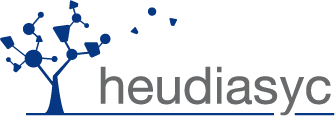en:research
Differences
This shows you the differences between two versions of the page.
| Both sides previous revisionPrevious revisionNext revision | Previous revision | ||
| en:research [2018/01/05 17:33] – ithouven | en:research [2023/09/05 17:09] (current) – ithouven | ||
|---|---|---|---|
| Line 1: | Line 1: | ||
| ======Projets récents ou en cours====== | ======Projets récents ou en cours====== | ||
| ===Projets nationaux=== | ===Projets nationaux=== | ||
| - | **ANR SOCIAL TOUCH**: (Comprendre, | + | **[[https:// |
| + | Social touch is central to the interpersonal interactions of daily life. However, it is sorely lacking in interactions with virtual agents. No current technology is capable of satisfactorily generating the impression of being touched by a virtual agent during a social interaction in virtual reality (VR). Our goal is to meet this challenge by overcoming, as much as possible, the need for tactile stimulation. We will seek to determine the minimal conditions allowing the emergence of the impression of being touched, by studying the impact of multisensory integration, | ||
| + | \\ | ||
| + | **[[https:// | ||
| (ANR Société de l' | (ANR Société de l' | ||
| This project is at the crossroad of Human-Machine Interaction (HMI) and Emotional Design. It investigates how the sense of touch can be integrated in interactive systems to leverage communicative and emotional channels between humans and machines or between humans via machines. It focuses | This project is at the crossroad of Human-Machine Interaction (HMI) and Emotional Design. It investigates how the sense of touch can be integrated in interactive systems to leverage communicative and emotional channels between humans and machines or between humans via machines. It focuses | ||
| Line 9: | Line 12: | ||
| **ANR MAC COY CRITICAL**: (Models for Adaptative feedback enriChment and Orchestration based virtual realitY in Critical situations)\\ | **ANR MAC COY CRITICAL**: (Models for Adaptative feedback enriChment and Orchestration based virtual realitY in Critical situations)\\ | ||
| (ANR FORMATION ET EDUCATION 2014 - 2019)\\ | (ANR FORMATION ET EDUCATION 2014 - 2019)\\ | ||
| - | Je collabore | + | J'ai collaboré |
| **FUI SERA**: Mobile and Interactive Augmented Reality for Driving Assistance | **FUI SERA**: Mobile and Interactive Augmented Reality for Driving Assistance | ||
| Ce projet, porté par Vincent Fremont au laboratoire, | Ce projet, porté par Vincent Fremont au laboratoire, | ||




